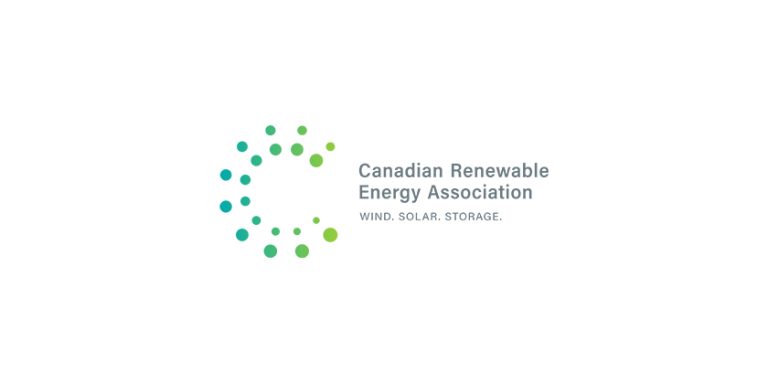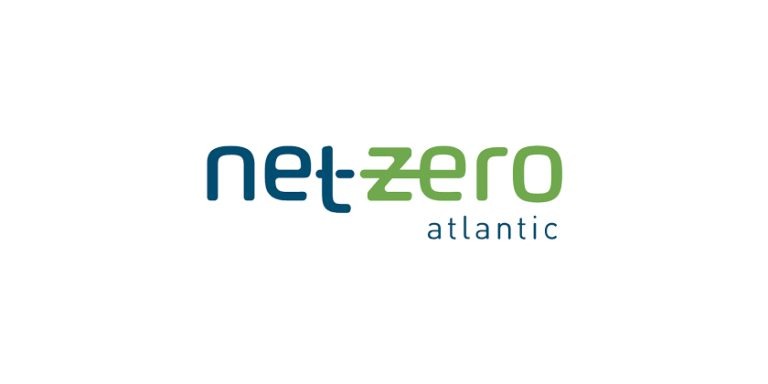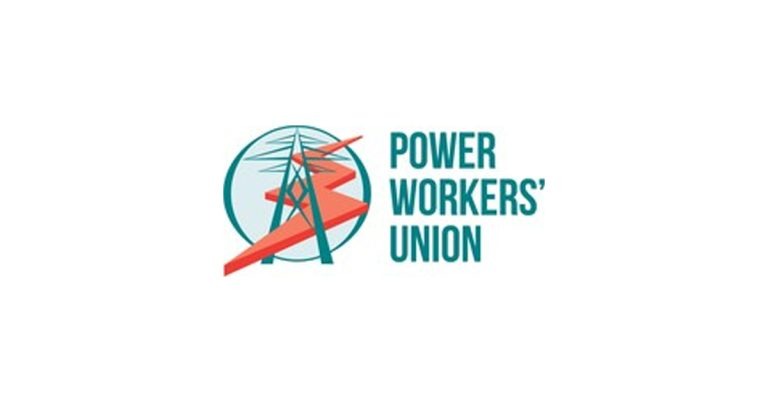Dunsky Report Defines Potential for Onsite Solar to Help Canada Achieve Net-Zero

December 19, 2023
The Canadian Renewable Energy Association (CanREA) welcomes the first comprehensive national market outlook for rooftop and onsite solar—also known as behind-the meter (BTM) solar—which calls for scaling up rooftop solar by 20-40 times to help Canada achieve net-zero targets.
The groundbreaking report from Dunsky Energy + Climate Advisors, “BTM Solar: Canadian Market Outlook: How Behind-the-Meter (BTM) solar can contribute to Canada’s net-zero future,” outlines the current status of this industry in Canada and models its growth potential under different scenarios, within the context of reaching net-zero by 2050.
“CanREA commissioned this independent report to investigate the progress to date and potential market outlook for BTM solar in Canada,” said Vittoria Bellissimo, CanREA’s President and CEO. “BTM solar is an important part of Canada’s renewable energy sector and it has tremendous growth potential. Canadian homeowners want it, municipalities want it, local businesses want it, and Canada needs it: all affordable clean energy solutions have a part to play in getting us to net-zero.”
Some of the report’s findings were originally presented at Electricity Transformation Canada in October 2023, by Erwin Heuck (CanREA’s DER Director) and Ahmed Hanafy (Director, Dunsky); more of the report is being made public today.
“This is the first study to quantify the potential for BTM solar deployment in Canada and its contribution to net-zero targets,” said Hanafy. “The study also describes the benefits to consumers, to the economy, and to electricity systems, and defines the actions stakeholders need to take to unlock and leverage BTM solar’s potential in this country.”
The report states that, if Canada is to achieve net-zero, we need BTM solar to meet 2-4% of our total annual electricity demand, providing 24-48 TWh per year. The current adoption rate for BTM solar in Canada is just 0.2%: residential and commercial onsite (rooftop and ground-mount) solar produce 1.5 TWh per year.
The study assesses three scenarios for the future of BTM solar, reflecting three different levels of support: A market transformation model, a scenario featuring expanded financial supports, and a business-as-usual (BAU) case.
Under the current policy environment (the BAU scenario), BTM solar uptake will fall short of the needed 2% to 4% of electricity generation needed to meet Canada’s net-zero targets.
For BTM solar to do its part for net-zero, then capacity must be scaled up by 20-40 times today’s levels by 2050. On the residential front, this means one home in three needs to become solar-equipped, compared to one in 200 homes currently.
In order to realize that potential, it is CanREA’s intention to use this study to drive further action.
“CanREA will continue to advocate for policy measures that will accelerate the adoption of BTM solar across Canada,” said Heuck. “In the short term, it is critical to refinance the Greener Homes program and to ensure a swift rollout of the Clean Technology ITC which will have a beneficial impact on the expansion of commercial rooftop solar in Canada.”
The report also states that the most impactful way to accelerate the adoption curve is to revise building codes to mandate solar in new single-family homes. This would result in an estimated 13 GW of new capacity.
In addition, putting solar on existing homes in Canada could generate an additional 11 GW, with an additional 12 GW generated by solar systems on commercial buildings. Together, this growth would account for 36 GW by 2050.
The study identifies the province of Ontario as the biggest growth potential and largest market for BTM solar, followed in order by Alberta, British Columbia, Nova Scotia, Quebec, and then the rest of Canada.
You can find the executive summary HERE







